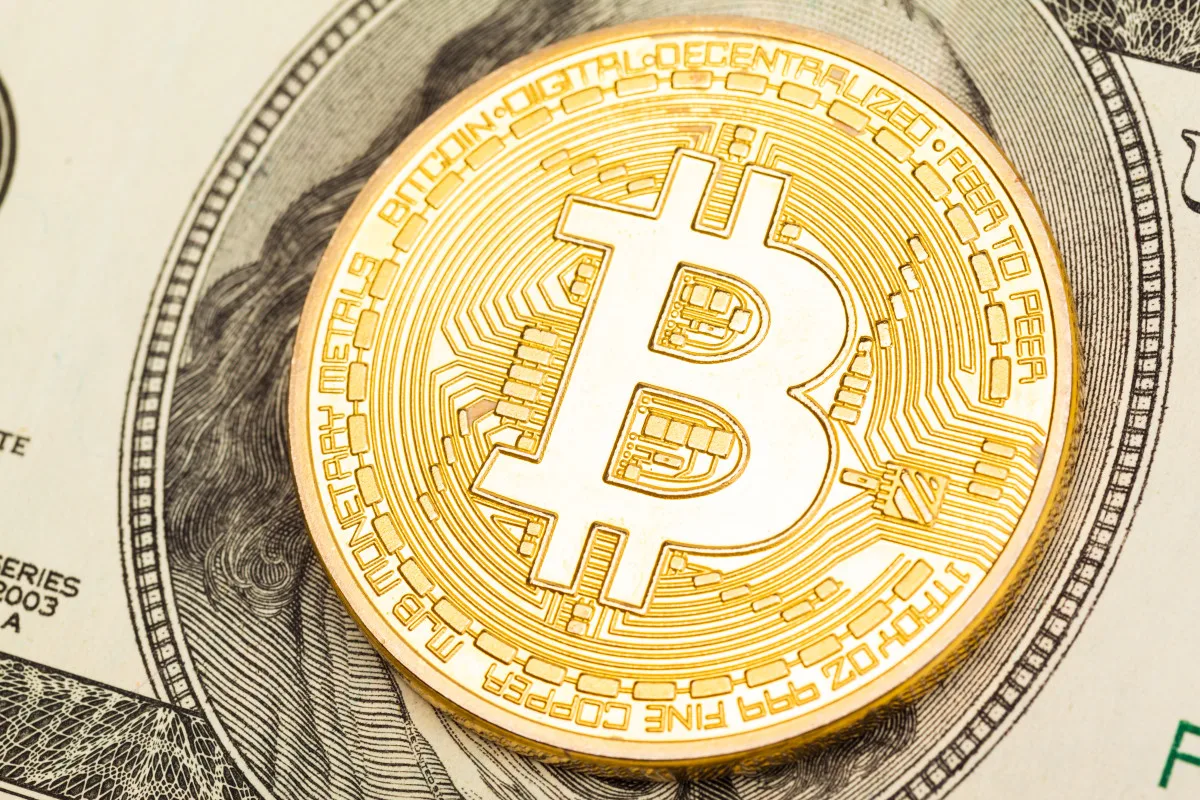Ethereum and Solana: Comparing Leading Cryptocurrencies in 2024
When Bitcoin first launched in 2008, it set the stage for a new era of peer-to-peer cryptocurrencies. Fast forward to 2024, Ethereum and Solana are two of the most talked-about cryptocurrencies, each offering unique solutions and capabilities. Understanding how these two stack up can help investors and developers alike navigate the evolving landscape of digital assets.
Institutional Adoption of Ethereum and Solana
In 2024, institutional adoption continues to grow, spurred by the introduction of cryptocurrency exchange-traded funds (ETFs) in the United States. Ethereum made waves with its ETFs trading on July 23, 2024, backed by significant players like Blackrock and Grayscale. This followed the successful introduction of Bitcoin ETFs in January, earning approval from the U.S. Securities and Exchange Commission (SEC).
BlackRock’s iShares Ethereum Trust was the first to exceed $1 billion in net inflows by August. Meanwhile, Solana ETFs are on the horizon but not yet approved in the U.S., although they are available in some international markets. The SEC is currently reviewing applications from companies like VanEck and 21Shares.
Scalability: Ethereum vs. Solana in 2024
Scalability remains a crucial factor as Ethereum and Solana advance their networks. Ethereum faces throughput challenges, processing 15-30 transactions per second (TPS). It relies heavily on a robust Layer 2 (L2) ecosystem to enhance scalability. The 2024 Dencun upgrade significantly reduced fees for L2 solutions like Optimism and Arbitrum, leading to increased transaction speeds and lower costs.
In comparison, Solana boasts a theoretical max of 65,000 TPS, although it has faced uptime challenges. Solana’s innovative validator client, Firedancer, aims to further increase TPS and reliability, using cutting-edge technologies from the low-latency trading sphere.
Assessing Liquidity on Ethereum and Solana
Liquidity is vital to any efficient Web3 economy. Historically, Ethereum has displayed higher trading volumes than Solana, influencing asset fluidity and trading speed. However, Solana is catching up, briefly surpassing Ethereum in trading volumes during July and August 2024.
Staking also plays a critical role in liquidity management. Ethereum’s liquid staking solutions provide stakers with a Liquid Staking Token (LST), allowing them to engage in DeFi activities while earning staking rewards. Solana is also growing in liquid staking but significantly lags behind Ethereum in overall market cap and liquid staking ratio.
Conclusion: Ethereum and Solana Moving Forward
Ethereum’s leadership in liquidity, institutional trust, and an active L2 ecosystem positions it strongly for the future. At the same time, Solana’s high-performance infrastructure and institutional interest show its potential as a powerful Layer 1 blockchain.
The future of finance in 2024 and beyond will likely be shaped by both Ethereum’s modular stack and Solana’s monolithic structure. Each network has its strengths, and their continued development will play a crucial role in the cryptocurrency landscape.
Disclaimer: This article is for general informational purposes only and should not be considered as financial advice, investment advice, or any other advice.
Click Here For More Trading tips and strategies.
Discover more from Make Money Online and Work From Anywhere
Subscribe to get the latest posts sent to your email.




